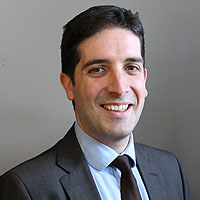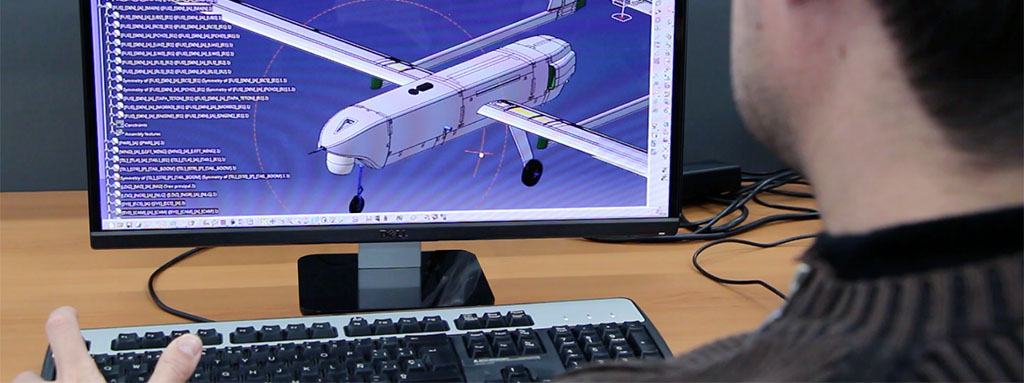Some companies in the aeronautical industry have been consolidating their technological capability in the design of remotely piloted aircraft systems, or UAS, in recent years. This know-how has mainly been acquired through their participation in research and development programmes or from the launch of industrial projects. Each company has therefore evolved its in-house know-how to develop fixed-wing or rotary platforms aimed at different kinds of applications.
The UAS’s ultimate aim is its mission. The operation one wishes to perform with the platform is the factor that should condition its entire design.
There is no doubt at all that they have had the chance to apply the lessons they have learnt along this path to consolidate the progress they have attained. Each challenge that has been overcome has allowed general UAS development processes to be improved. As far as the design stage is particularly concerned, they are focused on the following reflections.
The first, perhaps, is to point out that the aircraft in itself in nothing more than a “means”. The UAS’s ultimate aim is its mission; in other words, the operation one wishes to perform with the platform and this is the factor that should condition its entire design. Depending on the type of mission in question, the specifications one wishes to achieve for the aircraft have to be developed and the main design parameters can be narrowed down, such as:
- General characteristics: fixed/rotary wing, payload sensors, launch and recovery system, etc.
- Performance: cruising speed, flight ceiling, necessary range, operation at sea level or at altitude, etc.
- Manufacturing process: prototypes needed, materials, number of different versions to be implemented, etc.
- Type of power plant engine: electric, combustion, hydrogen fuel cell, etc.
Design freedom is quite extensive in the UAS area. There are very few standardised references or guidelines which allow engineers to base themselves on previous developments on which to ground their designs, especially in Class I aircraft and, to a lesser extent, in Class II aircraft. It is therefore advisable to have a multidisciplinary team specialised in various disciplines, such as aerodynamics, power plants, control or communications systems, etc., so they the can complement their skills and abilities.
Knowledge of national regulations and international standards is of course essential in each case to include constraints in the system’s specifications. These evidently include the MTOW and bandwidths allowed depending on the geographic area where the aircraft is expected to operate.
It is always advisable to broach a new UAS development project with a flexible approach in so far as its design is concerned, construed as the power-weight ratio (to size the aircraft’s power plant) and the wing area (to determine the wing area needed for the aircraft). This flexibility is especially critical when operating near borders, where the weight can change an aircraft’s class or category depending on the regulations. Calculations should always be made theoretically, though subsequently they have to be validated by ground and in-flight testing. It will therefore be necessary to keep some suitable margins for fulfilment and make grounded considerations about under or over-sizing the design and its impact on meeting the specifications. It is therefore essential to approach the design as an iterative process which will correct errors and put forward alternative solutions.
These technical assumptions in the design stage should be checked through several testing campaigns, including both structural and functional tests on the ground and in flight. Said tests should be conducted by using more or less complete prototypes to check whether the specifications have been met by validating the aircraft’s performance and actions with regard to take-off and landing in its different configurations, flight envelopes, weights, docking angles and range, among other factors.
Lastly, it is very useful to build a complete 3D digital model of the aircraft to optimise and resolve any encounters and interferences among the different subsystems, as well as to provide information on the manufacturing and assembly process. If these tools are well used, they allow concurrent engineering to be performed right from the conceptual design’s early stages, thereby facilitating control over the parts’ configuration, putting forward well-grounded theoretical weight estimates and greatly simplifying the generation of manufacturing documents.



